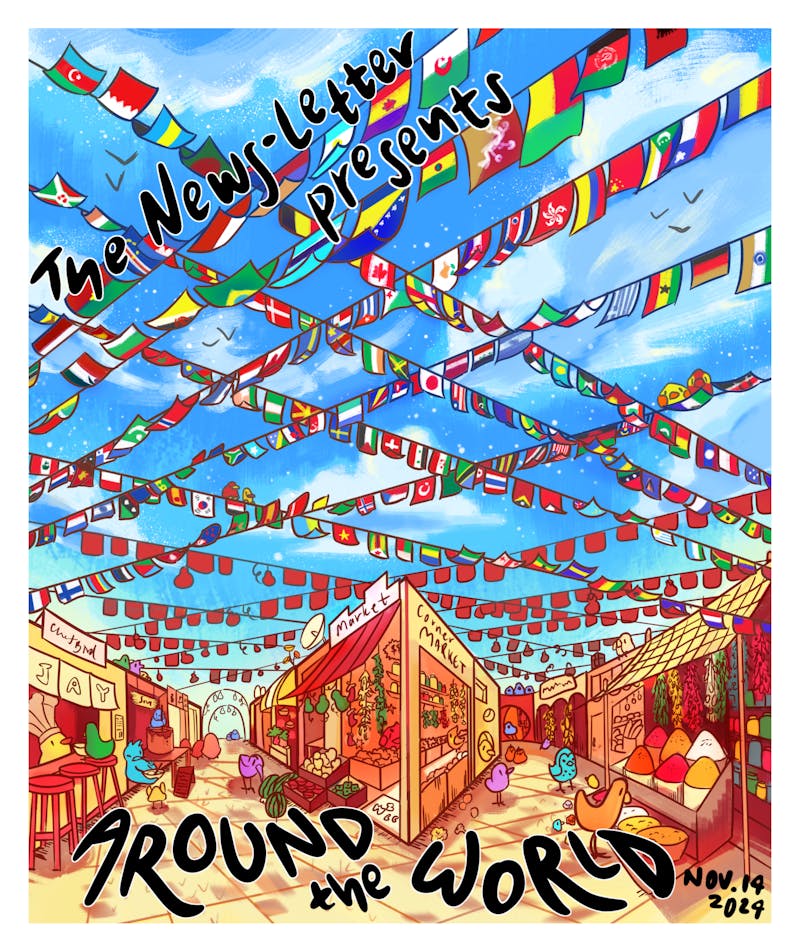If you like visual symmetry, bright colors or fractals, Light Designs is for you. The book is a collection of original harmonograph-style designs and a few short creative pieces.
The harmonograph concept is easy enough to explain, but difficult to fully understand without a visual example.
Basically, a pen is attached to a weighted pendulum and set in motion above paper, which records the resulting geometric pattern of decaying movement.
Author Cecil Simpson used a light instead of a pen and a long camera exposure instead of paper, inspired by what he saw as God's hand in the movement of the light.
By using light, Simpson was able to change the color mid-design, and he experimented with up to three lights at once. The result is a great collection of diverse images.
Featuring 88 full-page designs, the book is simply an enjoyable experience. The design of the book itself is aesthetically pleasing. Printed almost entirely on black paper, the colorful images pop out of the pages and the black background inspires a quiet meditativeness in a receptive reader.
By spending some time with each image, the reader will keep finding new little details: feathers, fingerprints, wishbones, galaxies and even faces.
Some of the images have such a physical presence that they make the reader want to stick his or her hand into the folds.
Simpson includes 13 physical harmonograph images in his collection as well. The physicality of these images in a way makes them more pleasing than the light designs — seeing the texture of the paper and the wobbles in the pencil lines lends an attractive tangibility to the otherwise abstract images.
Whether your preference is light or pen, Light Designs is a book to be revisited over and over, not a novel where the story, once read, is no longer compelling.
A dose of calm contemplation is available in every reading, and certainly some readers will be tempted to paper their walls with the pages.
The beauty and inspirational quality of the designs create a high standard against which to judge the short collection of religious poems, parables and prose reflections.
For non-believers, the pervasive presence of God in the writings can be distracting and overbearing at times.
The best pieces are the paragraph-long reflections on God in nature, such as "A Newness of Life"; they are the most relatable and pleasant to read, allowing both non-religious and religious readers to look at nature through a more spiritual lens.
The reader can tell that the author is expressing his own honest religious experiences, even though sometimes it is difficult to connect with them.
The writing itself is simple but descriptive, easily enjoyed despite some grammatical and stylistic hiccups.
The real power in the book lies in the light designs and the reader's personal experience of them.
Whether the religious poems and prose have as much to offer will depend on the individual reader. Either way, the book is an enjoyable and unique art exploration.














